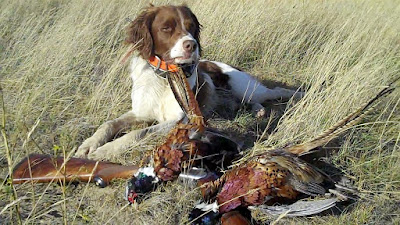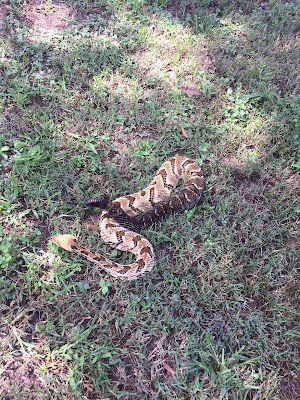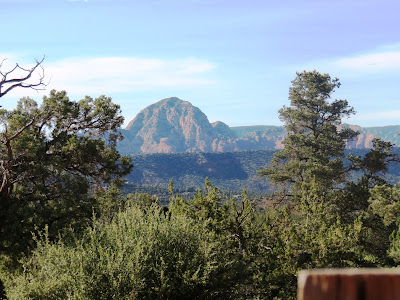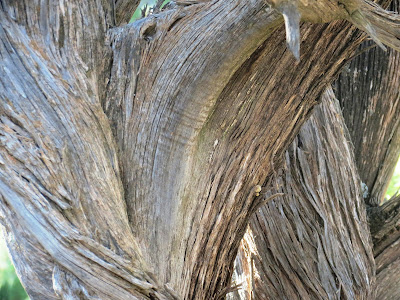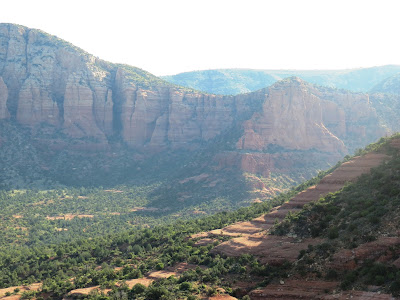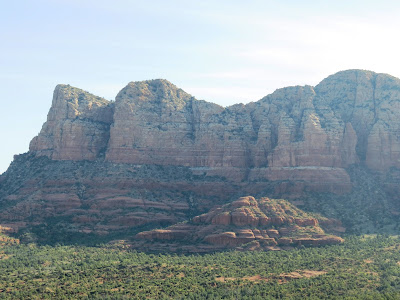My 6 mos. old pup, Flyboy's Navy Blue (Blue)
When I start my season in September in Montana, I'm already dreaming about Blues in NM. These are big, tough birds, and, by December, they've had a chance to mature and put on some weight. Also, affectionately known as, Cotton-Tops, Scalies, Scaled Quail, and Running B*%&tards, these are very challenging birds. Using a typical Bobwhite-trained, east coast bird dog out here can be an exercise in frustration. 9 times out of 10, these birds will run out from under a staunch pointer! Young dogs can be set back months as they start looking for the runners and might leave the point to chase.
 |
| Blue Quail |
That said, I love them! Not only are good dogs a help, but a good shot with a fuller choke seems to do well. Many local folks don't use dogs at all. Driving the caleche (clay) roads in the morning, the coveys with flush out of the mesquite along the side of the road. Often, the hunter will jump out of the truck and give chase on foot. When the birds get up again, the 12 ga. Full Choke will usually drop a few. While it's a method that works to put quail in the bag, dogwork is what I drove across the country to see. These birds (and Gambels) may be the most frustrating to work with dogs, and a good dog can make all the difference.
 |
| Blue's introduction to a Blue Quail |
 |
| Tailgate lunch after the morning hunt. |
 |
| Amberly with her first Blue Quail, and Pearl. |
After a week in the sand hill country, I drove to Arizona to visit my friend Wally, a Tucson resident and Mearns Quail specialist.
 |
| Wally taking a breather. |
Mearns are typically the opposite of Blues. They will usually hold so tight you can walk right through the covey! These birds are perfect for a young dog. The problem here is, they are a niche bird. The US is at the very northern tip of their range. The heart of the bird habitat is in Mexico, and extends into portions of TX, NM and AZ. If you think Chukar hunters and Ruff hunters are close-lipped about where to find their birds, Mearns hunters will put them all to shame. Nonetheless, they are a blast to hunt, and, in a good year, 10-15 coveys per day are not unusual. Unfortunately, in the area we hunted, it was not a good year. Even though we had plenty of grass and cover, the bird numbers were down significantly. It was still a fun time with good company, and all the dogs had a good time. I managed to wear down some shoe leather, myself.
 |
| Male and Female Mearns Quail |
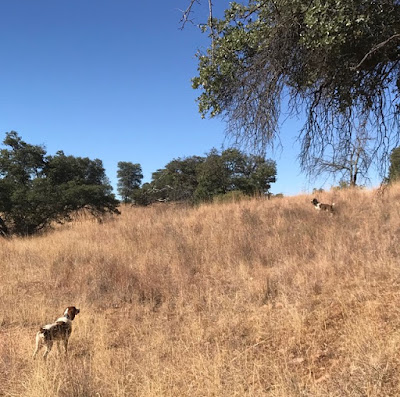 |
| Shack (lower) backing Cap on a covey. |
It's always bittersweet to hunt these areas. It signals the end of another season that went by way too fast. Although, I will make one more cast, myself, to NM, in January. I can't seem to get even with the Blue Quail using my own rigorously applied rules and bird dogs. Another chance at them. Look out, Blues, the Beast, loaded with bird dogs with attitude, is heading your way soon.
















